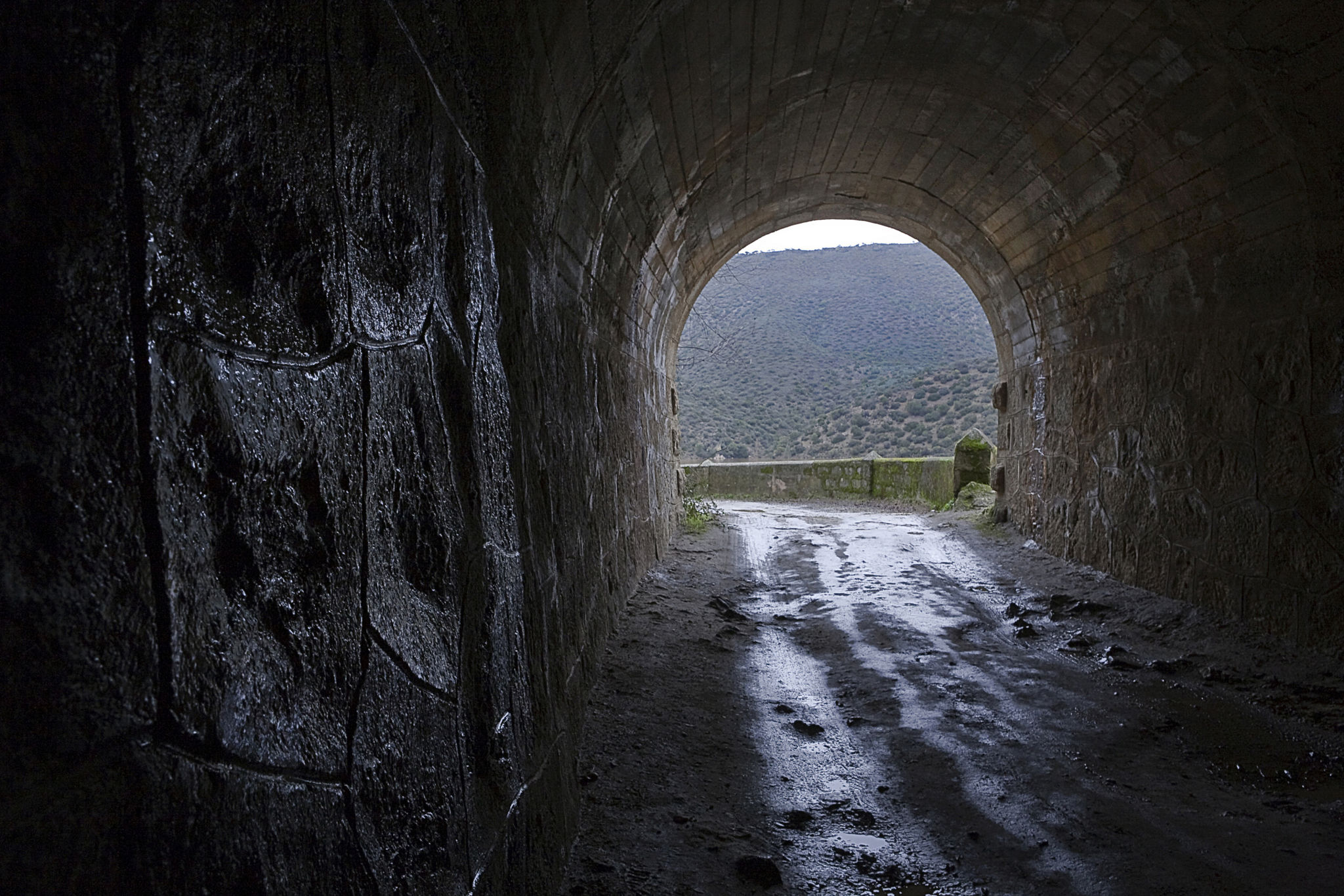Comparing Hydro Excavation to Traditional Digging Methods: What You Need to Know
Understanding Hydro Excavation
Hydro excavation is a modern, non-destructive digging method that uses pressurized water to break up soil and a vacuum to remove debris. This technique has gained popularity due to its precision and efficiency, making it ideal for a variety of applications, including utility line installation, potholing, and landscaping.

How Traditional Digging Methods Work
Traditional digging methods, such as using backhoes or shovels, rely on mechanical force to remove soil. While effective in certain situations, these methods can be invasive and risk damaging underground utilities. Additionally, they often require more labor and time to complete, potentially increasing project costs.
Key Differences Between Hydro Excavation and Traditional Methods
One of the most significant differences between hydro excavation and traditional methods is safety. Hydro excavation minimizes the risk of damaging underground utilities, as the pressurized water is less likely to cause harm than metal tools. This reduces the chances of costly repairs and service interruptions.

Hydro excavation also provides greater precision. The technique allows for targeted digging, reducing the impact on surrounding areas. This precision is particularly beneficial in urban environments where space is limited and avoiding disruption to existing infrastructure is crucial.
Advantages of Hydro Excavation
The benefits of hydro excavation extend beyond safety and precision. The method is also more environmentally friendly, as it reduces the risk of soil erosion and minimizes the disturbance to the natural landscape. Additionally, the vacuum system used in hydro excavation allows for efficient removal and disposal of excavated material.

Cost Considerations
While hydro excavation might initially seem more expensive than traditional methods due to equipment costs, it can be more cost-effective in the long run. The reduced risk of utility damage, decreased labor requirements, and faster project completion times often outweigh the initial investment.
Applications for Hydro Excavation
Hydro excavation is highly versatile and can be used in various industries. It is commonly employed in construction, municipal projects, oil and gas, and telecommunications. The technique is particularly useful for projects that require careful excavation near existing structures or sensitive environments.
Deciding Which Method to Use
When deciding between hydro excavation and traditional digging methods, consider factors such as project size, location, and environmental concerns. For projects where precision and safety are paramount, hydro excavation is often the preferred choice. However, for larger-scale projects with fewer constraints on surrounding areas, traditional methods may still be suitable.
In conclusion, both hydro excavation and traditional digging methods have their place in construction and excavation projects. By understanding their differences and advantages, you can make an informed decision that best suits your project's needs.
